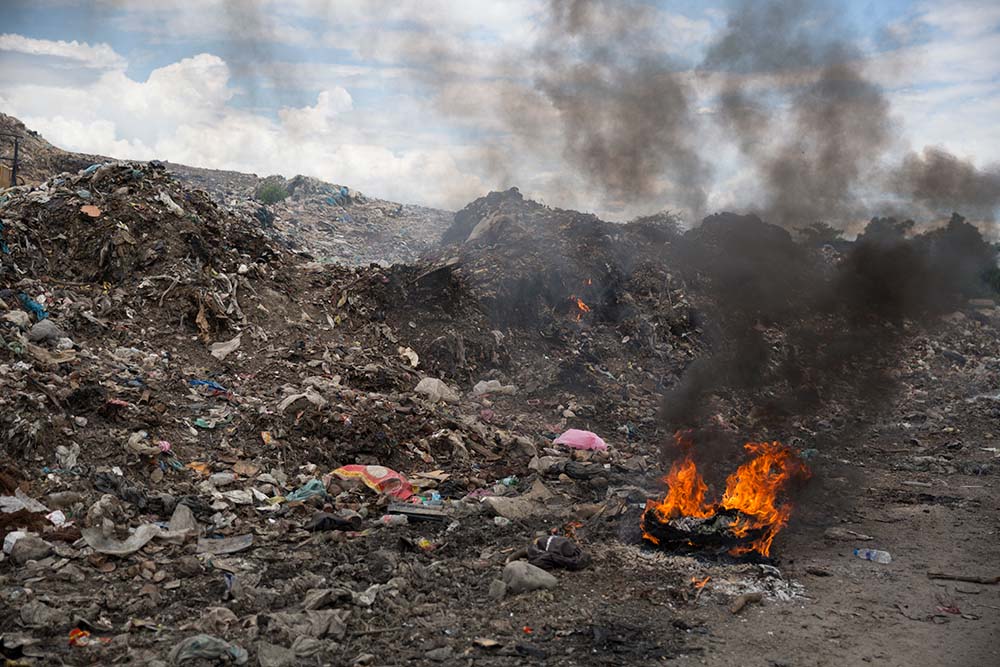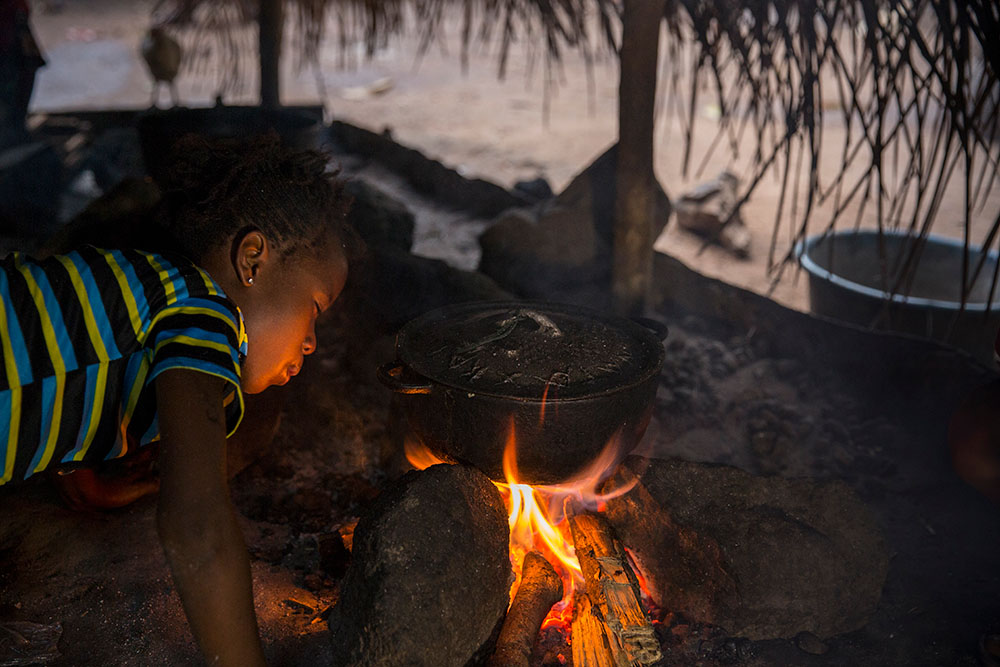The amount of carbon and other pollutants entering the earth’s atmosphere is nothing short of alarming, but did you know that nearly 4 million people died prematurely last year from illnesses caused by air pollution within their own home?
The world is burning
Fire is ubiquitous in many of the world’s low-income countries, much more so than in their more wealthy counterparts. It’s used for cooking, heating, land clearance, even waste disposal across much of the world, especially where the proliferation of mains electricity and mechanization has not yet reached critical mass.

Across Africa, South America, and South Asia hundreds of millions of tons of carbon are released into the atmosphere at the end of each harvest season, as farmers use the traditional burning method of dealing with crop residue and preparing the land for planting. Forest clearance is another way to create new agricultural land and fire is a favorite for that too. In crowded informal urban environments with no public waste disposal services, mountains of garbage pile high with no viable method of disposal other than by burning.
While all of this smoke and pollution impacts the health of those who must live within its reach, there’s a less obvious and potentially more deadly source of toxic particulates. The World Health Organization (WHO) estimates that around 2.3 billion people still cook their food using fuels such as wood, crop waste, coal, charcoal, dung, and kerosene in open fires and inefficient stoves.
(By the way, you read that right – dung is a fuel source for many people. Visit a rural dwelling in Afghanistan, Bangladesh, or Ethiopia and you’ll find cow poop drying in the summer sunshine, ready for use in cooking fires or as a heat source on those long, cold winter nights.)

A silent killer
Sometimes, cooking fires are located within the family home, but often families will try to keep a separate shelter dedicated to food preparation. Either way, it means that huge numbers of people – most women, girls, and young children – are exposed to a range of health-damaging pollutants, including small particles that penetrate deep into the lungs and enter the bloodstream.



According to the WHO, indoor smoke in poorly ventilated dwellings can have levels of fine particles 100 times higher than the acceptable rate. Health effects are multiple and often debilitating, including coronary heart disease, stroke, lower respiratory infection, chronic obstructive pulmonary disease (COPD), and lung cancer. Also:
- Household air pollution accounted for the loss of an estimated 86 million “healthy life years” in 2019, with the largest burden falling on women living in low- and middle-income countries.
- Almost half of all deaths due to lower respiratory infection among children under 5 years of age are caused by inhaling particulate matter (soot) from household air pollution.
- Every year 3.8 million people die before their time from causes attributable to household air pollution.
So, it's fair to say that domestic cooking smoke is a massive and under-reported problem. But what’s the solution? Well, as we regularly like to tell you, it’s both straightforward and complex.

The road to redemption
The main cause of all of this is poverty. Those who are affected generally live in rudimentary homes, often with poor ventilation or smoke extraction. Electricity is rarely an option, either because it’s just not there or it’s too expensive. For example, in Liberia, only 11% of the population has access to electrical power from the grid. Gas is also expensive, and while it is slightly more accessible, hauling canisters to and from the local agent is not very practical. While wood and charcoal are comparatively cheaper, there’s an opportunity cost to gathering and preparing these fuel sources, most often paid by women and girls, who are also more vulnerable to attack while foraging for fuel. Plus, deforestation is not something to be encouraged either.
Helping people break the cycle of poverty, build better homes, and have enough income to pay for healthier sources of fuel is the only long-term solution to the problem. But, despite our best efforts, that’s going to take a while. In the meantime, there are some practical solutions that can help.


Eco-stoves are exactly what the name suggests and are a fairly simple form of technology. Basically, instead of using the traditional “three-stone” fire with open flames for cooking, you enclose the flames to concentrate and conserve heat. This means using less fuel, but just as importantly, it means less smoke. Concern has been working with communities across Africa and Asia to help them convert to eco-stoves. This includes partnerships with women’s groups, to provide training in the manufacture and sale of eco-stoves, which is a win-win for everyone involved.
The technology for generating gas from biomass has become simpler and more accessible in recent years. With a little help from us, one women’s group in Lilongwe, Malawi, have turned it into a successful commercial enterprise. Food and crop waste goes in one end, and cooking gas comes out the other, which they use at home and also sell at a reasonable rate to others in the community. This is a model that can be scaled up, with genuinely exciting potential in the battle against domestic pollution.

And, odd as it might sound, talking is also a key part of the solution. Many people don’t understand the correlation between ill health and open fires, often because they’ve never been told or they’re just too busy surviving to give it much thought. Engaging with communities to promote behavior change is a proven tactic in public health. Simple steps like keeping kids away from smoke, building your cooking shelter a little further and downwind from your home, and ensuring good ventilation can go a long way.
Smoke from cooking fires is not going away anytime soon, but that doesn’t mean we have to sit on our hands and watch people die. Investing in interim solutions while working to build sustainable livelihoods and raise income levels can and should happen concurrently.


